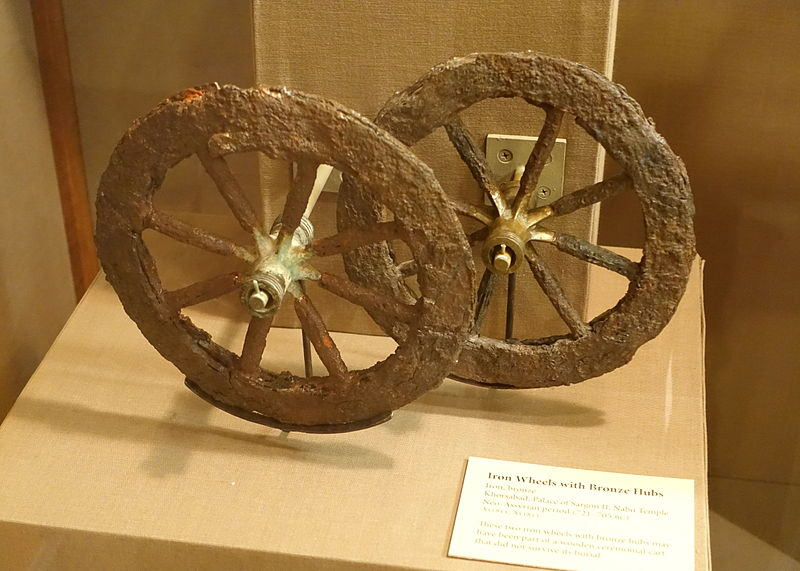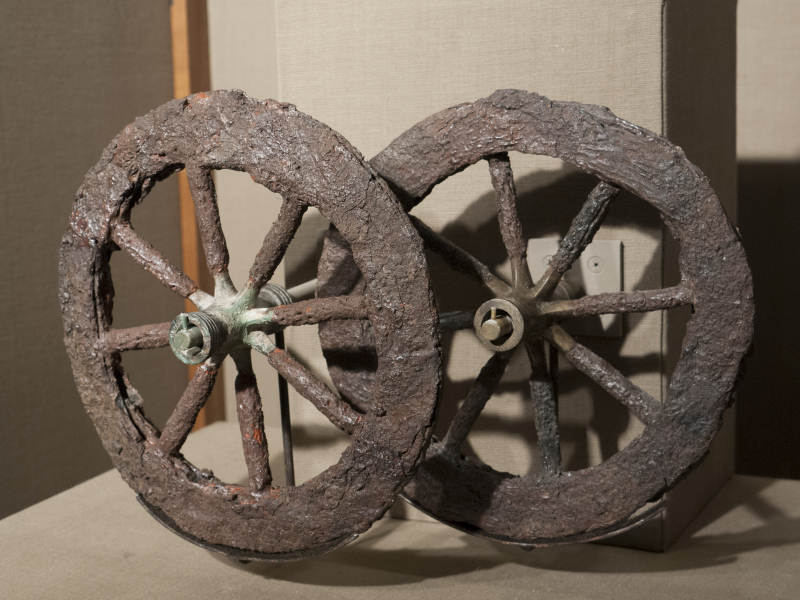A wheel
One of the inventions and achievements of Mesopotamia is the wheel. It is a circular component that rotates on an axle bearing. The wheel is one of the six simple machines' fundamental components, along with the wheel and axle. Wheels and axles enable heavy things to be easily moved, aiding movement or transit while bearing a load or doing labor in machines.
From roughly 10,000 BC, Mesopotamia was the site of the initial Neolithic Revolution advancements. It is credited for inspiring some of the most significant developments in human history, such as the invention of the wheel, the planting of the first cereal crops, and the development of the cursive script, mathematics, astronomy, and agriculture. It is thought to be one of the world's first civilizations.
The location and timing of the development of the wheel are unknown because the earliest hints do not ensure the existence of true wheeled transport or are too widely scattered. The wheel is said to have been invented by Mesopotamian culture. The wheel, however, unlike previous game-changing discoveries, cannot be assigned to a single or multiple inventors. Early evidence of wheeled cart use has been discovered in the Middle East, Europe, Eastern Europe, India, and China.












